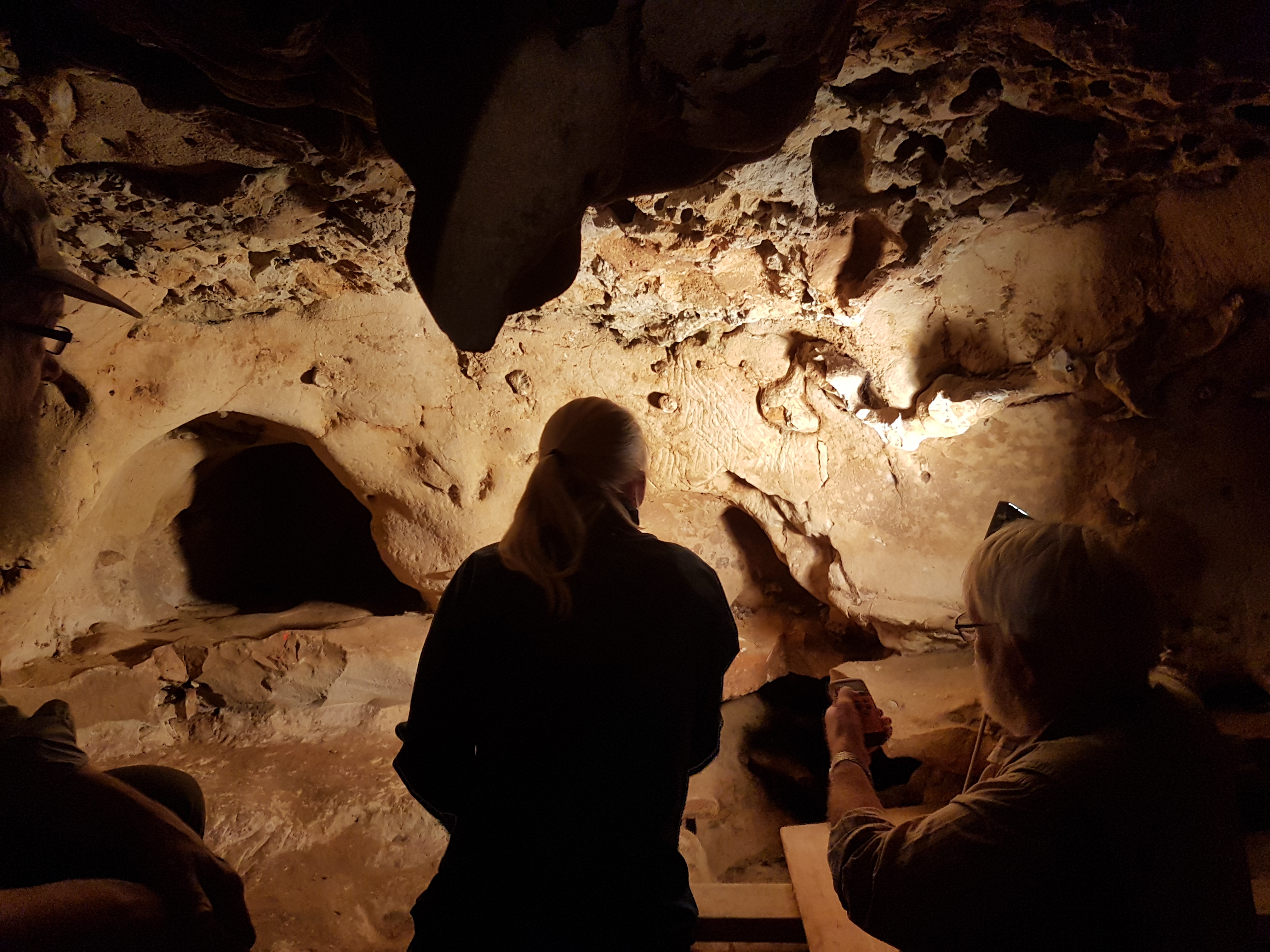Media release
From:
Neanderthal cave engravings are oldest known – over 57,000 years old
Finger-marks on a cave wall in France were made before Homo sapiens entered the region
Markings on a cave wall in France are the oldest known engravings made by Neanderthals, according to a study published June 21, 2023 in the open-access journal PLOS ONE by Jean-Claude Marquet of the University of Tours, France and colleagues.
Research in recent decades has revealed a great deal about the cultural complexity of Neanderthals. However, relatively little is known about their symbolic or artistic expression. Only a short list of symbolic productions are attributed to Neanderthals, and the interpretation of these is often the subject of debate. In this study, Marquet and colleagues identified markings on a cave wall in France as the oldest known Neanderthal engravings.
The cave is La Roche-Cotard in the Centre-Val de Loire of France, where a series of non-figurative markings on the wall are interpreted as finger-flutings, marks made by human hands. The researchers made a plotting analysis and used photogrammetry to create 3D models of these markings, comparing them with known and experimental human markings. Based on the shape, spacing, and arrangement of these engravings, the team concluded that they are deliberate, organized and intentional shapes created by human hands.
The team also dated cave sediments with optically-stimulated luminescence dating, determining that the cave became closed off by infilling sediment around 57,000 years ago, well before Homo sapiens became established in the region. This, combined with the fact that stone tools within the cave are only Mousterian, a technology associated with Neanderthals, is strong evidence that these engravings are the work of Neanderthals.
Because these are non-figurative symbols, the intent behind them is unclear. They are, however, of a similar age with cave engravings made by Homo sapiens in other parts of the world. This adds to a growing body of evidence that the behavior and activities of Neanderthals were similarly complex and diverse as those of our own ancestors.
The authors add: “Fifteen years after the resumption of excavations at the La Roche-Cotard site, the engravings have been dated to over 57,000 years ago and, thanks to stratigraphy, probably to around 75,000 years ago, making this the oldest decorated cave in France, if not Europe!”
Multimedia




 International
International


